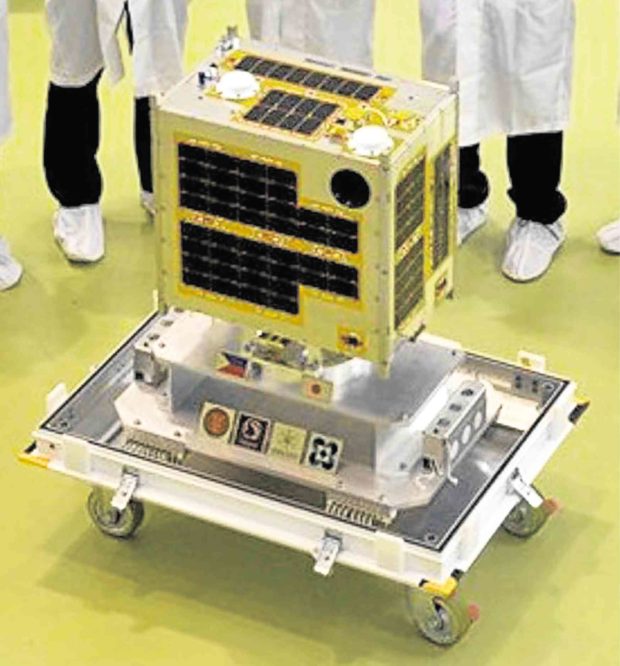
The Museo Pambata in Manila has opened a permanent exhibit celebrating the success of Diwata-1, the first space satellite designed and built by Filipinos.
Inaugurated by the Department of Science and Technology (DOST) on Friday, the new display hopes to foster a deeper appreciation of engineering, technology and scientific inquiry among the youth.
Carlos Primo David, executive director of the DOST’s Philippine Council for Industry, Energy, Emerging Technology Research and Development, said the “Discover Diwata-1” exhibit hopes to inspire more Filipino children to pursue careers in the sciences.
While children usually dream of becoming astronauts or engineers, he said, such fascination usually wanes when they reach high school “partly because they don’t see any model whom they could look up to.’’
“So with this exhibit, we want to show [children] that Filipinos can make something great,” David said.
Nina Lim-Yuson, Museo Pambata president, added that by having the exhibit, children could relate more to what scientists and engineers can do for the country.
Apart from a life-size model of Diwata-1, the exhibit features images taken by the microsatellite. An interactive corner allows kids to design their own microsatellite.
It will soon add the profile of the engineers behind Diwata-1. Among them are Kaye Vergel Delburg Mitchao, Benjamin Magallon and Jhon Leur Labrador, who graced Friday’s opening.
Launched into space in April 2016, Diwata-1 was built by scientists and engineers from the University of the Philippines, in collaboration with experts from Tohoku University and Hokkaido University.
The 50-kilogram microsatellite orbits Earth at an altitude of 400,000 meters and is expected to take images of the Philippines up to next year.